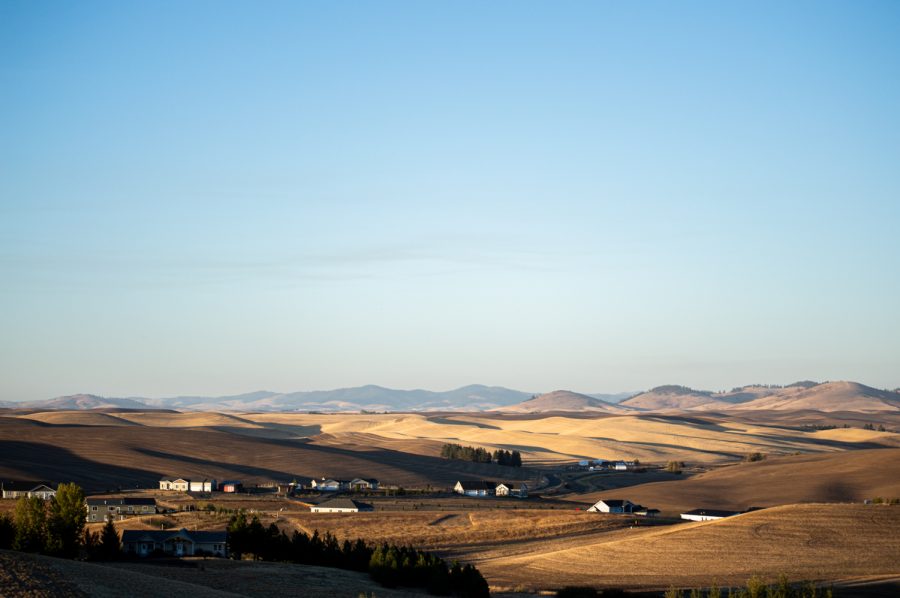Winter Wheat for 2023 predicted to be a down year
Recovery from 2021’s drought and recent hot streak in May among factors for down year
October generally sees an average maximum temperature of 59 degrees, with Oct. 8’s temperature exceeding that by more than 20 degrees
May 29, 2023
The U.S. Department of Agriculture predicts the Pacific Northwest will produce less winter wheat than usual.
Drought is a big cause of this issue, with “48 percent of the production estimated to be in regions experiencing drought as of May 9,” according to the United States Department of Agriculture.
This year, it is projected winter wheat will be 11 below average per bushel, said Michelle Hennings, Washington Association of Wheat Growers executive director.
“What’s happening is the weather got extremely hot. If we don’t get rain then that will hurt the crops,” Hennings said. “It could be below average if we don’t get rain.”
Hennings said the weather is the biggest factor in deciding what winter wheat will look like for the year. This May’s unseasonably warm weather has hurt winter wheat’s growth.
“We were in a drought not too long ago and it takes more than a year to recover from a drought,” Hennings said. “It cut our production in half in 2021.”
Recent years of winter wheat production have been based around recovery. According to Syngenta Canada, wheat rankings of good or excellent are “down 2 points from last year and 6 points below the USDA’s late November rating.”
Despite the recent drought, 2022 still managed to be a good year for winter wheat overall, she said. If there is a lot of rain in the spring, that may bring up the number of projected bushels of winter wheat.
Kyle Renton, Pacific Northwest Farmers Cooperative seed and agronomy manager, said the farmers associated with them also experienced a good year in 2022. He has been involved with PNW Farmers Cooperative for over 30 years.
Renton said with the weather they have experienced in the Pacific Northwest, it was a fairly rough winter, but it did not result in any loss of winter wheat. However, the heat this May could be a problem for growing wheat.
“It seems we’ve gone from winter straight to summer,” Renton said. “We’re probably looking at a below-average crop.”
While it is lower than average, this year is not a historical low for the area, Hennings said. Despite the lower-than-average projection for the region, it is possible that a few different areas will have higher or lower-than-average years.
“There could be a cloud burst over a certain area, which can impact wheat growth,” she said. “Yakima is very dry, it gets about eight inches of rain per year.”
Hennings said Washington is within the top five percent of wheat producers in the world, which means a lower-than-average year means there will be less exporting of wheat abroad.
“Farmers were cutting 60% of average in 2021,” Renton said.
Renton said that despite the heat, if there is more rain in the next few weeks, the year can still be about average for winter wheat.
“We’re four or five inches behind the average for rain. If it doesn’t get too hot in the next four or six weeks, we’ll have a pretty good crop,” he said. “We’re one of the best regions for farmwork in the world.”











